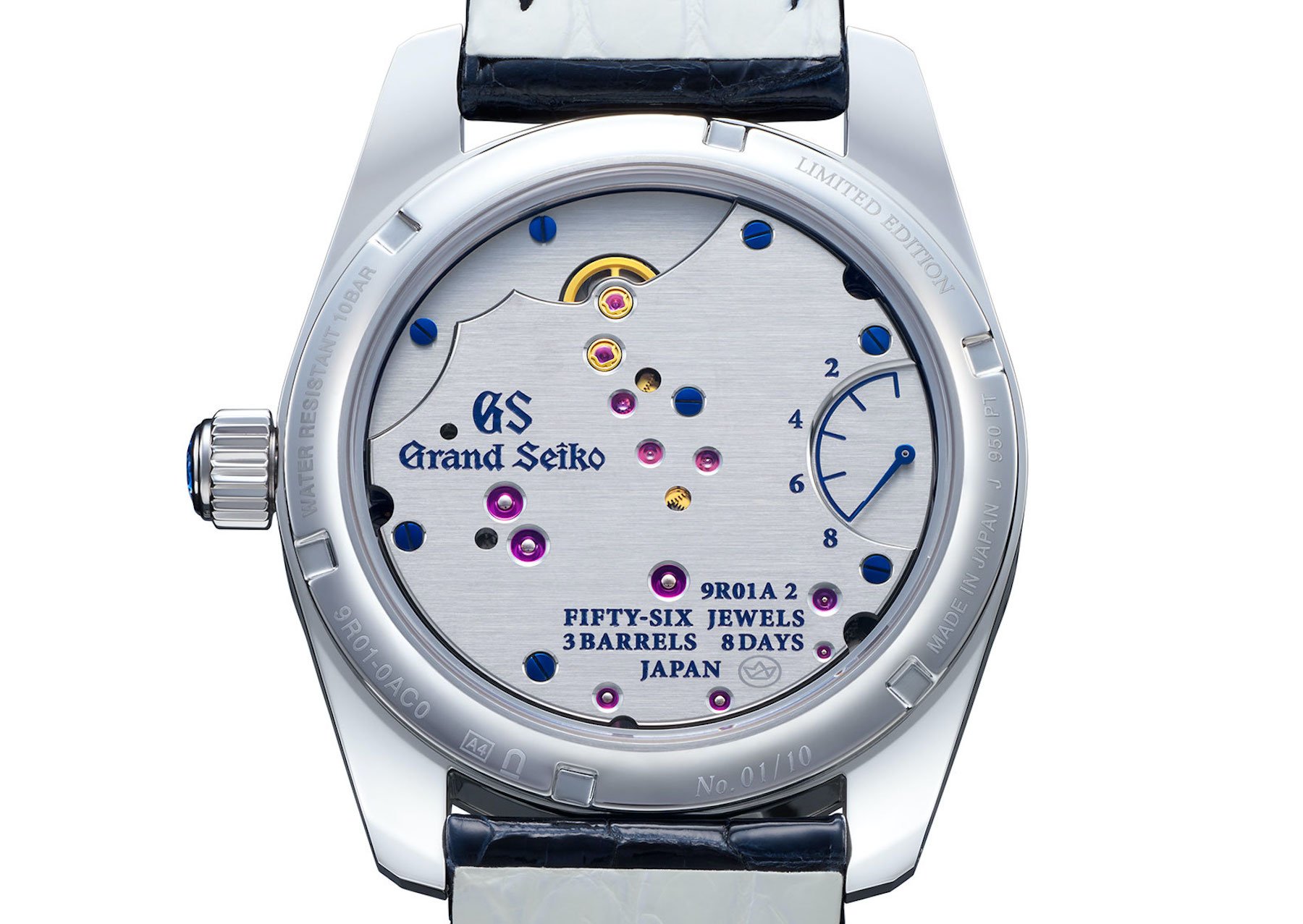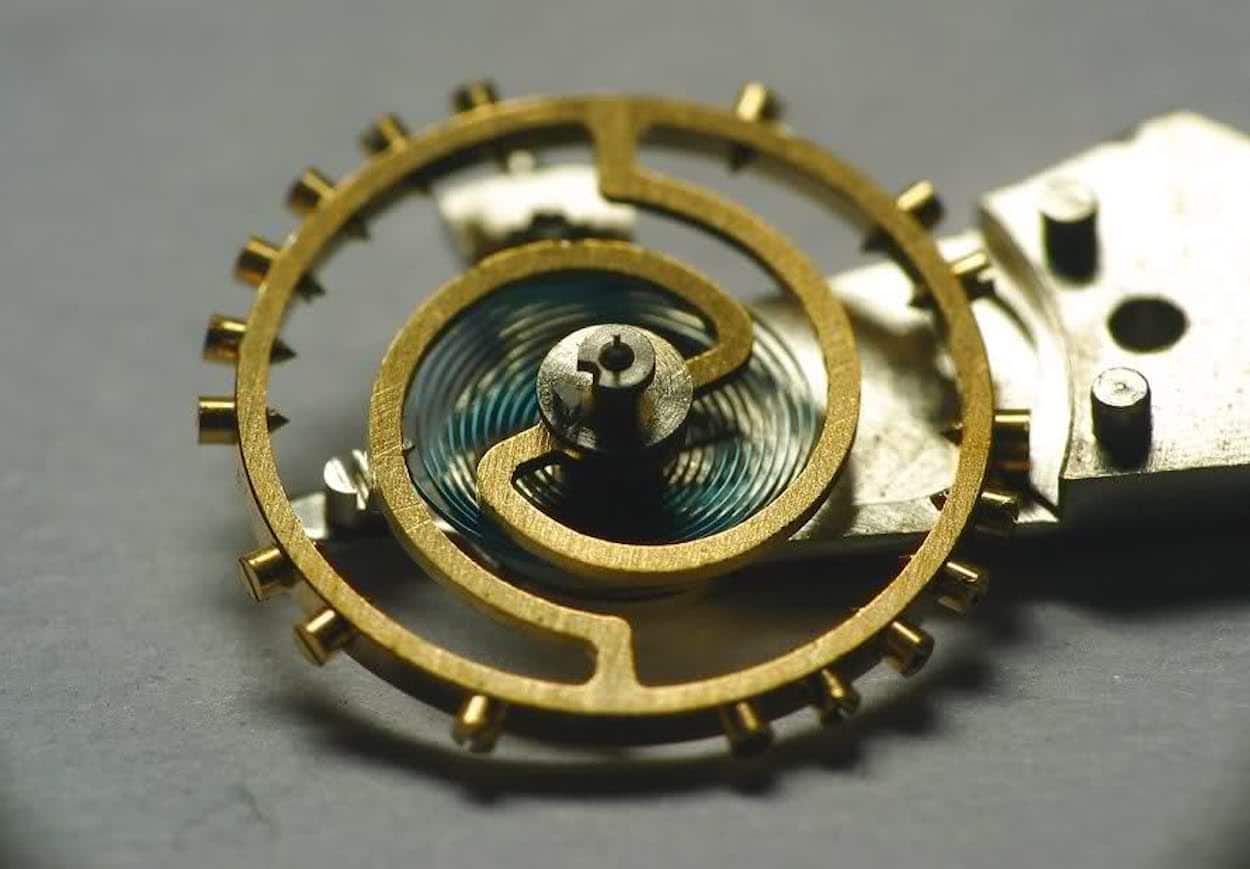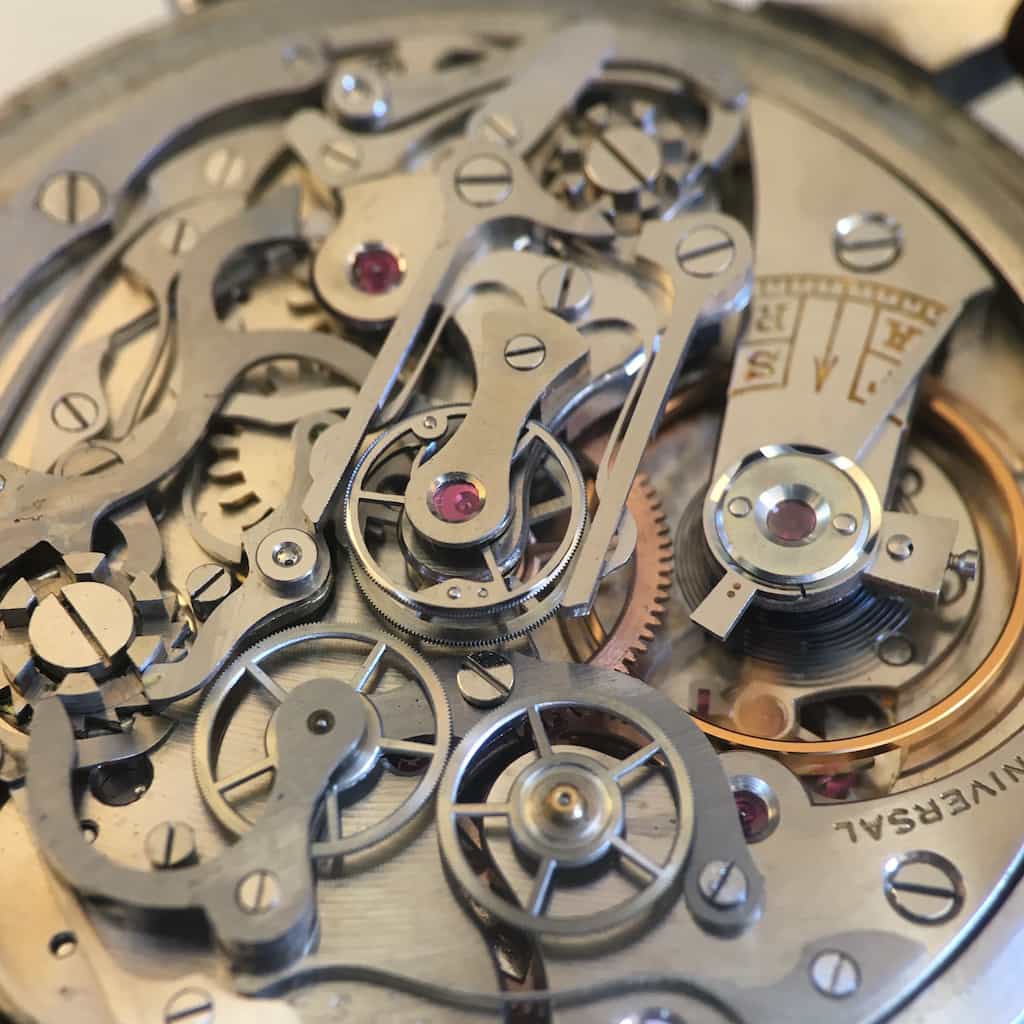You Asked Us: Why Do Watches Have Jewels?
Finally. This is a good one. Why do watches have jewels? This is something that has been chronically misunderstood in the past. Nowadays, it is frequently glossed-over. It is a niche within a niche. A specialist science. It is the preserve of the very few. Jewels are the first line of defence against watchmaking’s age-old enemy — friction.
Allow me to reiterate that point: watchmaking is a war on friction. Friction is the biggest challenge time-tinkerers the world over face. Every major development in escapement technology was conceived with the same end goal in mind — to reduce friction.
Friction is what causes watches to stop. Friction is what makes the creation of a perpetual motion machine impossible. And friction is why watches have jewels.
Materials with high friction coefficients bite into each other at the first opportunity.
Well, to be more precise, friction coefficients are why watches have jewels. A friction coefficient is basically a number expressing how much friction is created by two materials when they come into contact. A low friction coefficient means that the materials bother each other very little. They coexist happily. They can rub shoulders for years without complaint. A high friction coefficient, however, means trouble. Materials with high friction coefficients bite into each other at the first opportunity. One material will chew the other to bits in no time at all. That used to be a problem in watchmaking. Thanks to jewels, it is no longer the case.
Pivots and plates
The most common material used for manufacturing the plates and bridges of watch movements is brass. This has always been the mainstream way. Brass is cheap and easy to work with. It can be finished to a high standard and plated. It is not, however, particularly tough.
Wheel pivots are in almost constant motion…
Steel, on the other hand, is. Steel (usually burnished to some degree) has been used for pivots for generations. It was chosen because of its durability and suitability for a high-load role. Wheel pivots are in almost constant motion and therefore have to have a lot of resilience.
Now, this is all well and good in isolation from one another, but what happens when you put (moving) steel and brass together? Early watchmakers discovered that a steel pivot bearing on bare brass would quickly cut through that brass, eventually leaving its original position and stopping the watch.
…they eventually discovered a solution.
Lubricants extended the lifespan of brass plates in contact with steel pivots. In the early days, these were natural greases and fats normally derived from animals. But this did not solve the problem. Before the idea to separate these two materials with a bearing made of a harder material arrived, watchmakers began repairing (and sometimes designing) watches with brass bearings that could be replaced. But they eventually discovered a solution. Using ruby, sapphire, diamond, and sometimes just plain glass instead, solved the problem.
Synthetic alternatives
Nowadays, jewels are almost always made from synthetic ruby (corundum) grown in long, sausage-shaped boules in a carefully controlled environment, before being cut, lapped, and finished. The end result? Thousands upon thousands of perfectly homogenous bearings. These are perfect for use in most modern movements.
…“traditional” synthetic stones…
Very occasionally, brands experiment with even more avant-garde materials (normally something to do with silicon) as an alternative to the “traditional” synthetic stones still employed by the majority of makers today. But this is uncommon. Jewel making is a complex process. It is a distinct craft. Most manufacturers outsource jewel production. Along with hairsprings, jewel creation is often the last skill brought in-house.
The presence of more jewels does not necessarily mean a “better-quality” watch, as was assumed during the “up-jeweling” period of the late 60s. During this period, brands would add non-functional jewels to movements to increase the jewel count as it sounded fancy. Thankfully, this practice has died out and would be unlikely to work on the more knowledgable and investigative buying public of today.



